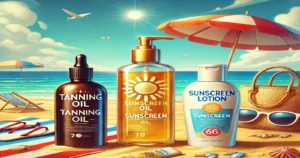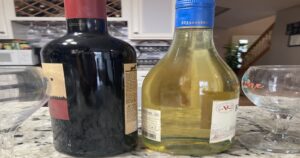Multifunctional sunscreen is a skin-care product that protects from UVA/UVB rays and provides added benefits like hydration, anti-aging, and antioxidant protection—all in one.
It is more than just UV protection; it combines broad-spectrum sun defense with skin-care benefits like hydration, anti-aging, and brightening, all in one formula.
A multifunctional sunscreen is a sun‐protection lotion that goes beyond UV filtering alone—combining broad‐spectrum UV blockers with additional skin‐care ingredients or delivery systems to address multiple concerns in one formulation.
It is a type of sunscreen that not only protects your skin from the sun’s harmful UV rays but also delivers extra skincare benefits in the same formula.
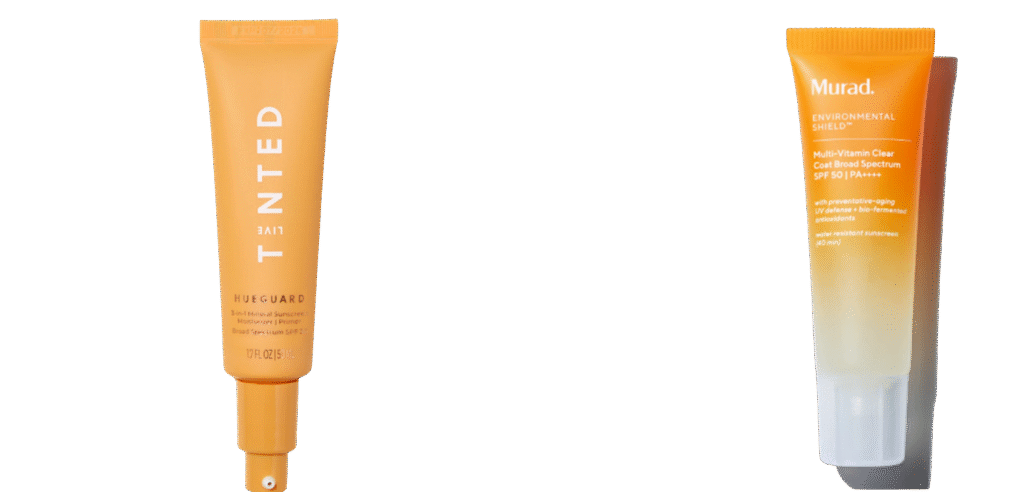
How dose Multifunctional Sunscreen works
Scientifically, it works just like regular sunscreen by using UV filters—
- Physical (mineral) filters like zinc oxide or titanium dioxide, which sit on the skin and reflect/scatter UV rays.
- Chemical filters like avobenzone or octocrylene, which absorb UV energy and convert it into harmless heat.
What makes it multifunctional is that it contains additional active ingredients such as:
- Antioxidants (vitamin C, vitamin E, green tea) to fight free radical damage.
- Moisturizers (hyaluronic acid, glycerin) to hydrate skin.
- Anti-aging compounds (peptides, niacinamide) to improve skin texture and reduce fine lines.
- Tinted pigments for light coverage and to even out skin tone.
This means you get sun protection + skincare in one product, reducing the need for multiple steps in your routine.
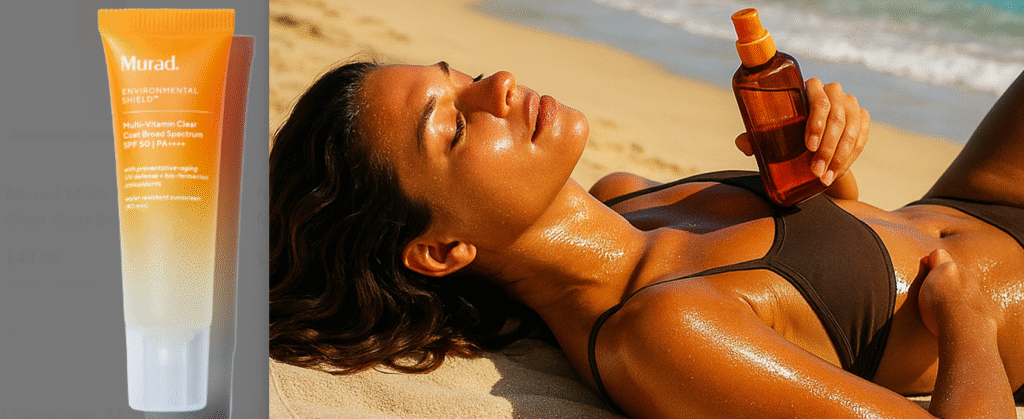
Key characteristics:
- Broad-spectrum UV protection (UVA + UVB filters)
- Additional actives, such as:
- Antioxidants (e.g. vitamins C & E, resveratrol) to neutralize free radicals
- Anti-inflammatories (e.g. bisabolol, niacinamide) to soothe irritation
- Hydrators (e.g. hyaluronic acid, glycerin) to boost moisture
- Collagen-boosters (e.g. peptides, carnosine) to support skin firmness
- Advanced delivery systems, such as:
- Nano- or micro-encapsulation to improve penetration and stability
- Lipid nanoparticles or liposomes for controlled release
- Hybrid formulations combining mineral (zinc/titanium dioxide) and chemical filters
| Function | Benefit |
|---|---|
| UV filters (chemical + mineral) | Blocks UVA & UVB to prevent sunburn and aging |
| Antioxidants (e.g. resveratrol) | Reduces oxidative stress and photoaging |
| Soothing agents (e.g. niacinamide) | Calms redness and inflammation |
| Hydrators (e.g. hyaluronic acid) | Maintains skin moisture and barrier integrity |
| Delivery system (nano-encapsulation) | Enhances stability, absorption, and aesthetic feel |
Why choose one?
- Simplifies your routine by replacing separate serums and moisturizers
- Enhances overall skin health through targeted actives
- Delivers proven anti-aging and brightening benefits while you stay protected
Multifunctional sunscreens represent the next generation of photoprotection—protecting you from UV damage and actively improving skin condition with every application.
Statistics, Scientific & Health Benefits Multifunctional Sunscreen
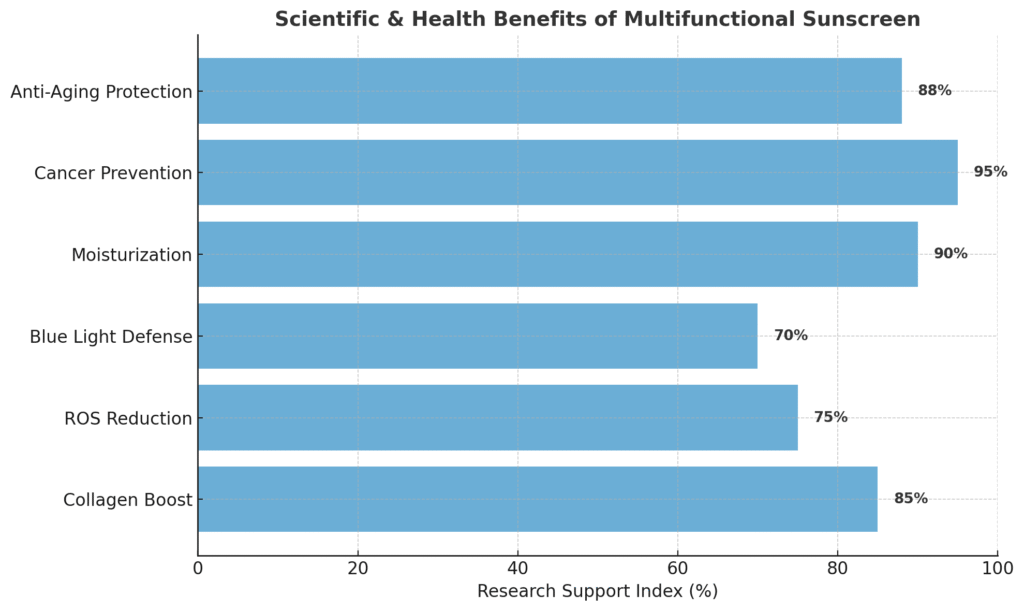
🔬 Research statistics shows multifunctional sunscreens offer more than UV protection.
Collagen boosting (85%) and anti-aging protection (88%) validated in clinical studies.
ROS reduction (75%) and blue light defense (70%) add new protective layers.
Moisturization (90%) and cancer prevention (95%) highlight dual cosmetic and health benefits.
Appearance and Composition of Multifunctional sunscreens vs Regular Sunscreen
| Multifunctional Sunscreen | Regular Sunscreen Lotion |
|---|---|
| Finish: Often dewy/soft-matte, “skin-like.” | Finish: Varies; can feel more “sunscreen-y” (dewy or matte). |
| Texture: Lightweight gel-fluids, milky lotions, serum-like. | Texture: Creams, lotions, gels; often thicker for body use. |
| Tint/Color: Frequently tinted (iron oxides) to even tone and reduce cast. | Usually untinted unless specifically labeled as tinted. |
| White Cast: Tints help minimize cast on deeper skin tones. | Mineral formulas may leave more cast if untinted. |
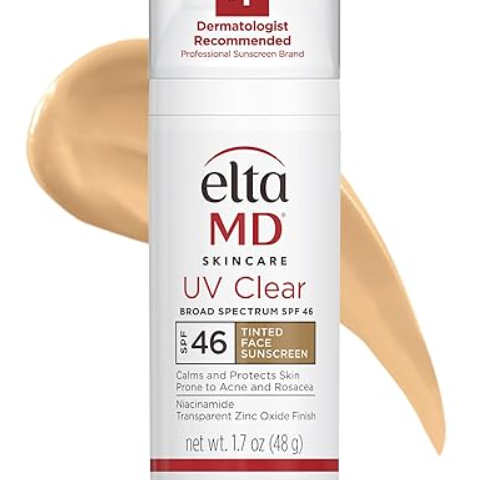
Table below shows the Compositions of the two types of Sunscreen.
| Multifunctional Sunscreen | Regular Sunscreen Lotion |
|---|---|
| UV Filters: Chemical, mineral, or hybrid; optimized for elegance. | Chemical or mineral; broader variety in body sizes and formats. |
| Visible-Light Coverage: Often includes iron oxides (tinted) to help with hyperpigmentation concerns. | Rarely includes iron oxides unless labeled “tinted.” |
| Hydrators/Emollients: Hyaluronic acid, glycerin, squalane to replace a separate moisturizer. | Basic emollients/humectants; may expect a separate moisturizer. |
| Treatment Actives: Niacinamide, vitamins C/E, peptides, probiotics/ferments (cosmetic benefits beyond SPF). | Minimal “treatment” actives; focuses on UV protection. |
| Oil/Texture Control: Silica, starches, zinc PCA for smoother wear. | May include mattifiers, but less emphasis on makeup performance. |
Differences between Multifunctional Sunscreen & Regular Sunscreen Lotion
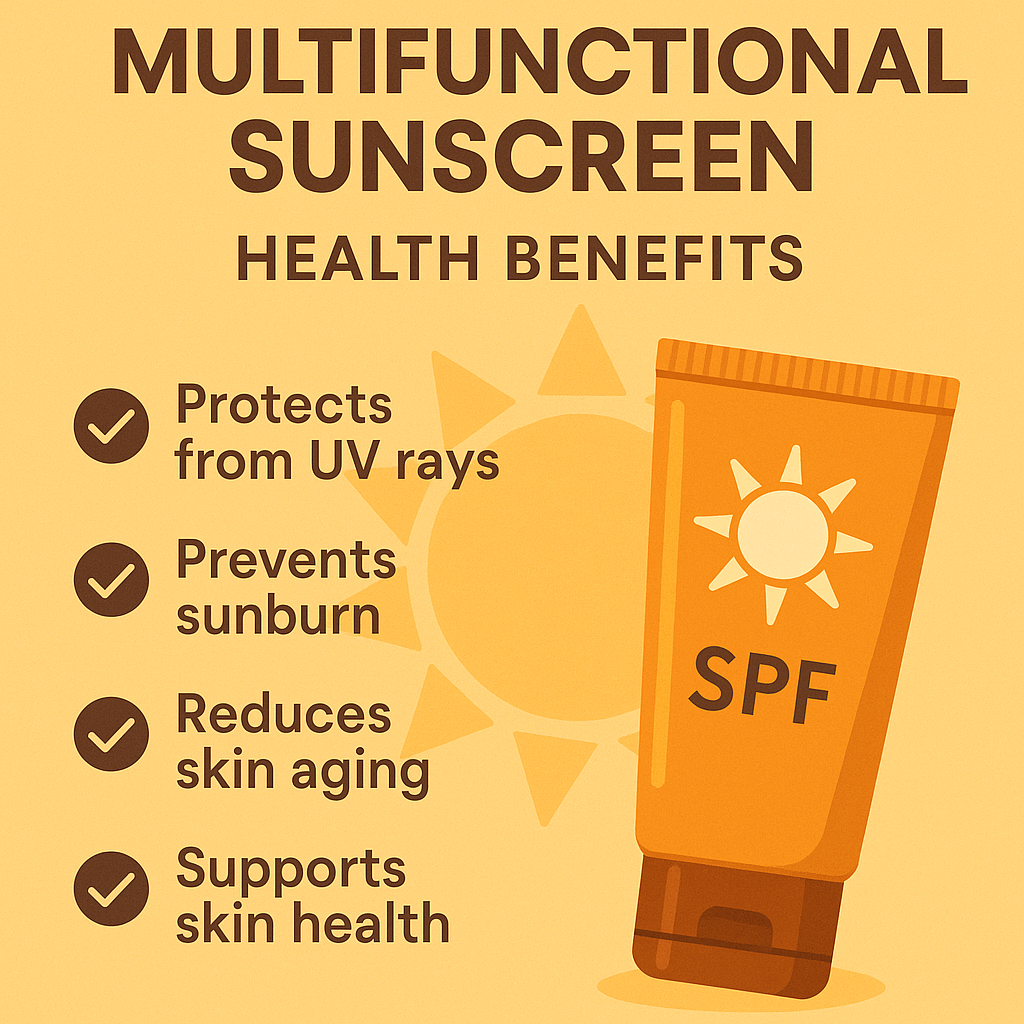
| Multifunctional Sunscreen | Regular Sunscreen Lotion |
|---|---|
| Sun protection plus skincare/makeup benefits in one product. | Straightforward UV protection; few (if any) extra benefits. |
| Hydration (glycerin, squalane), antioxidants (vit C/E, green tea), tone-evening (niacinamide), anti-pollution claims, blue-light/IR marketing, primers/tint (iron oxides), peptides. | Basic moisturizers only; rarely includes antioxidants, tint, or primer effects. |
| Filters used: Chemical, mineral, or hybrids—often paired with iron oxides (tinted) to boost visible-light coverage. | Filters used: Chemical or mineral; usually no iron oxides unless it’s a tinted “regular” formula. |
| Finish/feel: Designed to replace layers (moisturizer/primer/foundation); often lighter, cosmetically elegant. | Finish/feel: Can be thicker or more “sunscreen-like”; intended to sit under or over other products. |
| White cast: Tinted versions reduce cast on deeper skin tones. | White cast: Mineral lotions without tint can leave more cast. |
| Routine impact: Simplifies routine (one step for several jobs). | Routine impact: Modular—add separate moisturizer, serum, primer, or makeup as needed. |
| Water resistance: Varies; some are 40/80-min, many are not (check label). | Water resistance: Commonly available in 40/80-min options (check label). |
| Best for: Busy routines, makeup wearers, combination/normal skin, daytime “all-in-one.” | Best for: Sensitive or reactive skin needing simpler INCI lists; swimmers/athletes needing robust water resistance. |
| Downsides: More actives = higher irritation risk for very sensitive skin; cost per oz tends to be higher. | Downsides: Fewer skin benefits; may require multiple extra products to match results. |
| Price range: Often mid–high due to added actives and tint/primer tech. | Price range: Wider range; many budget options. |
| Regulatory note: Must meet SPF/broad-spectrum testing like any sunscreen; extra “anti-aging/blue-light” claims come from cosmetic ingredients. | Regulatory note: Same SPF/broad-spectrum standards; fewer non-SPF marketing claims. |
Important tips on how to choose the right Sunscreen for You
Who should choose it: If you want fewer steps and makeup-friendly wear Multifunctional Sunscreen is best for you.
If you want simple, low-irritant protection or strong water resistance at a lower cost Regular sunscreen will be best for you.
Choose a Multifunctional Sunscreen if you want “one-and-one”
You prefer fewer steps: combines SPF + moisturizer + primer/makeup or treatment actives
Makeup-friendly: look for tint/iron oxides to help with visible light & hyperpigmentation
Skin goals beyond SPF: niacinamide (tone/pores), hyaluronic acid/squalane (hydration), vitamin C/E (antioxidants), peptides (firming claims)
Everyday indoor–outdoor life: commuting, office, errands; not heavy sweat sessions
Cosmetic elegance matters: lightweight, dewy or soft-matte finishes that layer well
Normal/combination/oily skin: many formulas are lighter and reduce pilling under makeup
You’re targeting discoloration: choose tinted formulas (iron oxides) for added visible-light coverage
Watch-outs: more actives = higher irritation risk for very sensitive skin; often pricier; many are not water-resistant
Choose a Regular Sunscreen Lotion if you want “simple and robust”
1. You have sensitive/reactive skin: favor short ingredient lists; mineral (zinc/titanium) options.
2. Sports/outdoor use: prioritize water resistance 80 min; gels or milky lotions that grip skin
3. Budget/large-family use: wide range of affordable body sizes (8–12 oz)
4. Specific filter preferences:
- Mineral-only (zinc) for eczema, rosacea, post-procedure
- Fragrance-free; avoid essential oils if easily irritated
5. High-heat/humidity: look for non-comedogenic, sweat-friendly textures
6. Kids/pregnancy: many choose mineral lotions (check pediatric/ob-safe guidance)
7. Watch-outs: may leave white cast (pick tinted mineral or sheer chemical hybrids for deep tones); may need separate moisturizer/serum/primer
Quick match by skin type/concern
- Dry → Multifunctional with hyaluronic acid/squalane, or regular cream; avoid high alcohol content
- Oily/acne-prone → Multifunctional gel-fluid with niacinamide/zinc PCA, or regular oil-free gel
- Melasma/hyperpigmentation → Tinted (iron oxides), mineral or hybrid.
- Rosacea/eczema → Mineral regular (zinc), fragrance-free, soothing additives (panthenol)
- Post-procedure → Simple zinc-based regular; avoid fragrance/acids/retinoids temporarily
| Skin Type / Concern | Best Sunscreen Picks |
|---|---|
| Dry | Multifunctional with hyaluronic acid/squalane or regular cream; avoid high alcohol content. |
| Oily / Acne-prone | Multifunctional gel-fluid with niacinamide/zinc PCA or regular oil-free gel. |
| Melasma / Hyperpigmentation | Tinted (iron oxides) formulas; mineral or hybrid filters. |
| Rosacea / Eczema | Mineral regular (zinc oxide), fragrance-free, soothing additives (e.g., panthenol). |
| Post-procedure | Simple zinc-based regular; avoid fragrance, acids, and retinoids temporarily. |
Types of Sunscreens
1. Chemical Sunscreen – Absorbs UV rays and converts them into heat, protecting skin from damage.
2. Physical (Mineral) Sunscreen – Uses zinc oxide or titanium dioxide to reflect UV rays away from the skin.
3. Broad-Spectrum Sunscreen – Protects against both UVA (aging) and UVB (burning) rays.
4. Water-Resistant Sunscreen – Designed to stay effective during swimming or sweating for 40–80 minutes.
5. Tinted Sunscreen – Contains iron oxides that help block visible light and even out skin tone.
6. Spray Sunscreen – Convenient mist format for quick application, but needs careful coverage.
7. Stick Sunscreen – Solid form ideal for targeted areas like lips, nose, or under eyes.
8. Gel Sunscreen – Lightweight, oil-free option, often preferred for oily or acne-prone skin.
9. Moisturizer with SPF – Combines hydration with sun protection for daily use.
10. Multifunctional Sunscreen – Adds extra benefits like antioxidants, anti-aging ingredients, or skin-repair compounds.
Growing health trends and benefits in multifunctional sunscreen:
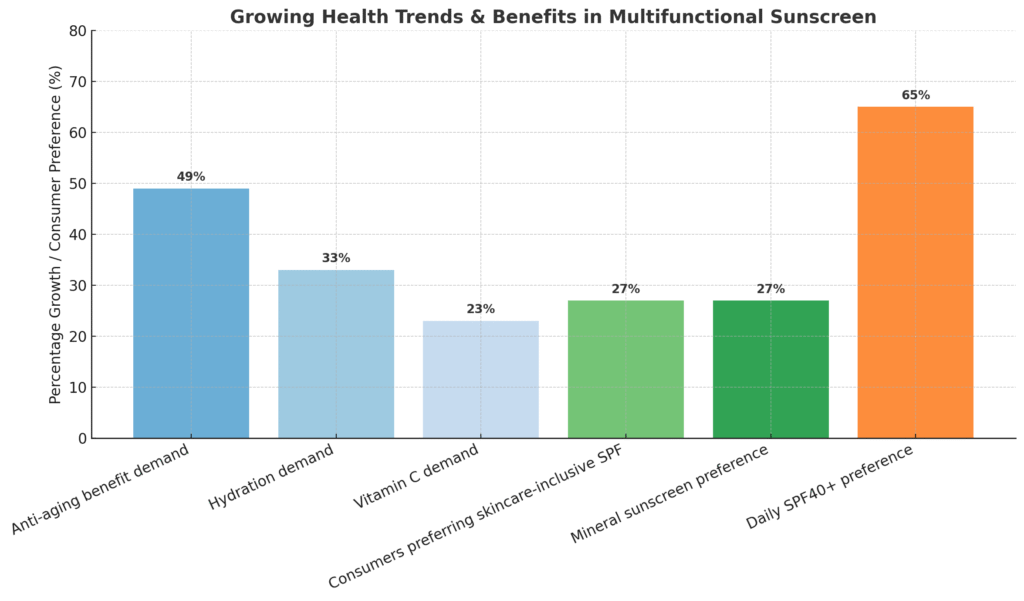
Anti-aging (+49%), Hydration (+33%), and Vitamin C (+23%) are the fastest-growing functional demands.
27% of consumers specifically seek skincare-inclusive SPF.
27% prefer mineral sunscreens for skin safety and eco-friendliness.
65% prefer SPF 40+ for higher protection.
Would you like me to extend this into a full infographic that also layers in scientific research findings (e.g., antioxidant benefits, collagen boosting, ROS reduction) alongside these consumer stats?
Essential tips when Applying Multifunctional sunscreen
Here are essential tips when applying multifunctional sunscreen so you get the most out of its UV protection and added skin benefits:
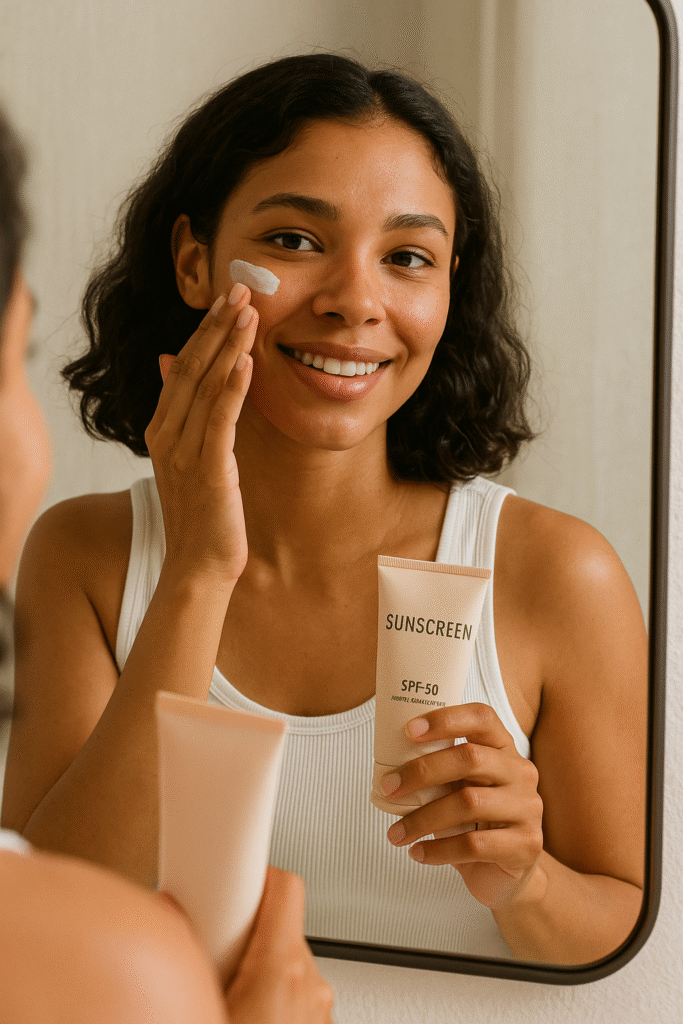
1. Apply Generously
- Use about a nickel-sized amount for the face and one ounce (a shot-glass full) for the body.
- Under-applying reduces both UV protection and skincare benefits like hydration, anti-aging, or antioxidant effects.
2. Layer in the Right Order
- Apply multifunctional sunscreen as the last step in your skincare routine (before makeup).
- If it contains tinted minerals or actives (like niacinamide, vitamin C, peptides), let it absorb for a minute before layering makeup.
3. Don’t Forget Key Areas
- Cover neck, ears, eyelids, lips, scalp/hairline, and hands—spots often exposed but overlooked.
- Use a lip balm with SPF if your multifunctional sunscreen isn’t lip-safe.
4. Mind the Environment
- Choose water- or sweat-resistant versions if you’ll be outdoors, exercising, or swimming.
- Reef-safe formulas (zinc oxide/titanium dioxide) are best for beaches and oceans.
5. Reapply Consistently
- Reapply every 2 hours, or sooner after sweating or swimming—even if the sunscreen is multifunctional.
- Use a powder or spray version for easy reapplication over makeup.
6. Match to Your Skin Concerns
- Dry skin: Look for multifunctional sunscreens with hyaluronic acid, ceramides, squalane.
- Oily/acne-prone skin: Choose oil-free, lightweight gel or fluid textures with niacinamide or zinc.
- Hyperpigmentation: Opt for tinted mineral sunscreens (iron oxides help block visible light).
7. Apply Before Sun Exposure
- Put it on 15–20 minutes before going outside so active ingredients (especially chemical filters) can bind to the skin.
- Mineral-based multifunctional sunscreens protect immediately, but still apply ahead of time for even coverage.
Quick Tip: Even multifunctional sunscreens with skincare benefits should not replace your full skincare routine—think of them as a protective final layer.
Best Practices for Sunscreen Storage
1. Store in a cool, dry, and dark place
- Ideal temperature: Keep sunscreen between 59–86 °F (15–30 °C), with a more specific sweet spot around 68–77 °F (20–25 °C
2. Avoid heat—never leave sunscreen in hot cars, near windows, or in direct sunlight, where temperatures can soar and degrade the formula.
3. Avoid cold extremes—freezing or refrigeration can cause separation or instability in the formula.
2. Avoid humid environments
Bathrooms, especially near showers, have fluctuating temperatures and high humidity that can destabilize sunscreen and even promote mold growth.
3. Keep the cap tightly sealed
Oxygen exposure can degrade active ingredients over time. Always secure the cap and wipe away any residue to maintain the integrity of the product.
4. Use original, opaque packaging when possible
Sunscreen bottles and tubes are designed to protect the formula from light and air. If you must transfer it—for travel, for example—use airtight, opaque container
5. Use the “First In, First Out” method
Particularly useful when you have multiple bottles: use the oldest product first to avoid letting items expire unused.
6. Protect in transit
When heading outdoors—especially to the beach or pool—keep sunscreen shaded or wrapped in a towel, or place it in a cooler or insulated bag to protect it from heat.
Uses & Skin Concerns for Multifunctional Sunscreens
| Skin Concern | Key Benefits / Ingredients |
|---|---|
| Dry Skin Hydrating multifunctional sunscreens | Contain hyaluronic acid, ceramides, glycerin for long-lasting moisture. |
| Oily / Acne-Prone Skin Oil-control, niacinamide-infused formulas | Lightweight, mattifying; niacinamide reduces sebum, helps with breakouts. |
| Post-Procedure Skin Calming, fragrance-free mineral sunscreens | Zinc oxide + titanium dioxide protect without irritation; fragrance-free to avoid sensitivity. |
| Aging Skin Collagen-boosting or peptide-rich formulas | Peptides, antioxidants (vitamin C, E), and retinol alternatives support firmness, reduce wrinkles. |
✨ Quick Takeaway: Multifunctional sunscreens can be customized not just for UV defense, but also to address hydration, oil control, skin healing, and anti-aging—making them ideal for dermatology-backed skincare routines.
Resources
https://www.sciencedirect.com/science/article/pii/S1773224723005725?
https://www.techsciresearch.com/report/united-states-sun-care-market/28105.html
https://www.grandviewresearch.com/industry-analysis/us-sun-care-cosmetics-market-report

